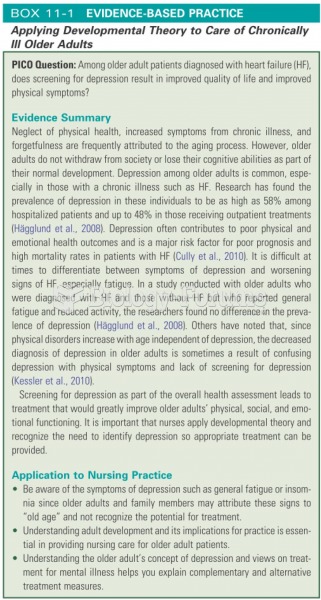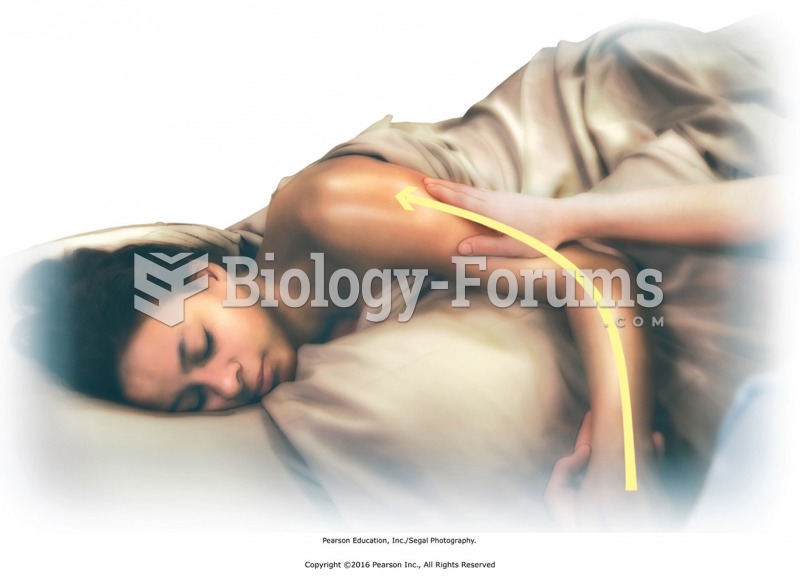|
|
|
Limit intake of red meat and dairy products made with whole milk. Choose skim milk, low-fat or fat-free dairy products. Limit fried food. Use healthy oils when cooking.
Hyperthyroidism leads to an increased rate of metabolism and affects about 1% of women but only 0.1% of men. For most people, this increased metabolic rate causes the thyroid gland to become enlarged (known as a goiter).
Symptoms of kidney problems include a loss of appetite, back pain (which may be sudden and intense), chills, abdominal pain, fluid retention, nausea, the urge to urinate, vomiting, and fever.
According to research, pregnant women tend to eat more if carrying a baby boy. Male fetuses may secrete a chemical that stimulates their mothers to step up her energy intake.
Thyroid conditions may make getting pregnant impossible.
 There may become a driveability issue because the gasoline direct-injection injector is exposed to ...
There may become a driveability issue because the gasoline direct-injection injector is exposed to ...
 Squeeze posterior leg muscles. Apply along muscles from knee to ankle. Use same hand position as in ...
Squeeze posterior leg muscles. Apply along muscles from knee to ankle. Use same hand position as in ...





